PCs are the center of business and play for most of us. Our PC experts at Reviewed are always on the lookout for the best laptops for everyone, from gamers to students to frequent flyers. We work hard to make sure you find a laptop you love on this list.
Most people need to look no further than the base version of the Apple MacBook Pro 14 M2 Pro
(available at Apple)
. It’s not as thin as the MacBook Air, but it’s still light, crushes many Windows laptops in benchmarks and real-world performance, and has the longest battery life we’ve seen in a laptop: 24 hours.
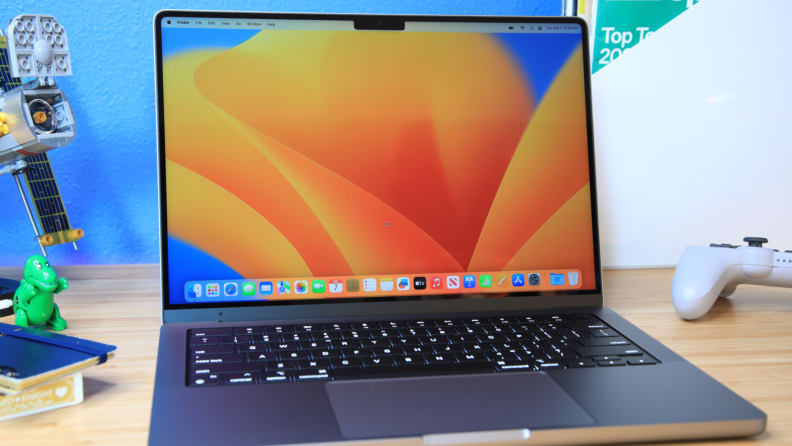
Credit:
Reviewed / Matthew S. Smith

The Apple MacBook Pro 14 (2023) measures 14 inches diagonally, offers 3024 x 1964 resolution, and uses a Mini-LED backlight system with 2,554 dimming zones.
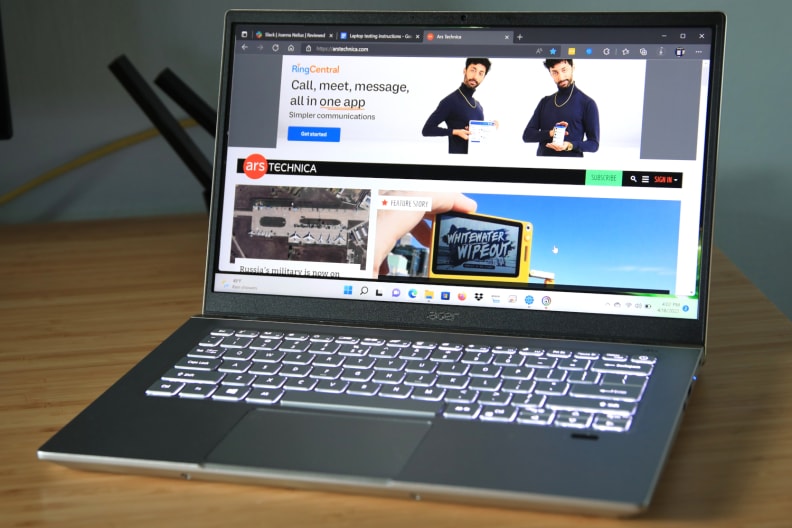
Credit:
Reviewed / Matthew S. Smith

For under $1,000, the Acer Swift X 14 rivals similar models from Asus and Dell.
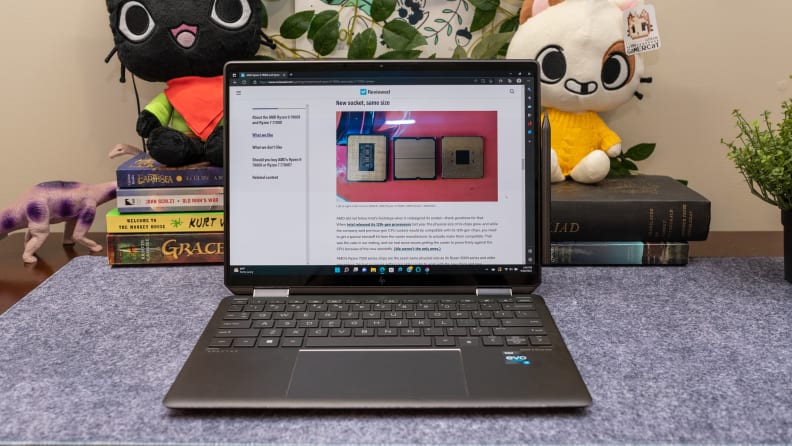
Credit:
Reviewed / Adrien Ramirez

The HP Spectre x360 14 fuses the best parts of both the laptop and tablet experience into one device.
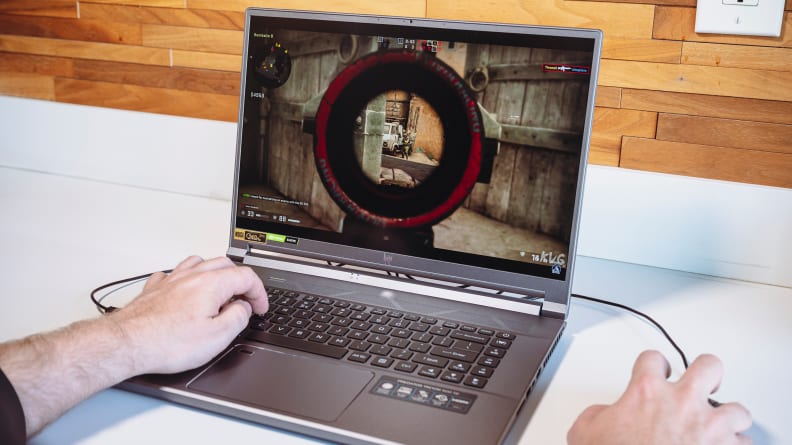
Credit:
Reviewed / Jackson Ruckar

The 244Hz 2K display makes fast-paced gaming a delight.
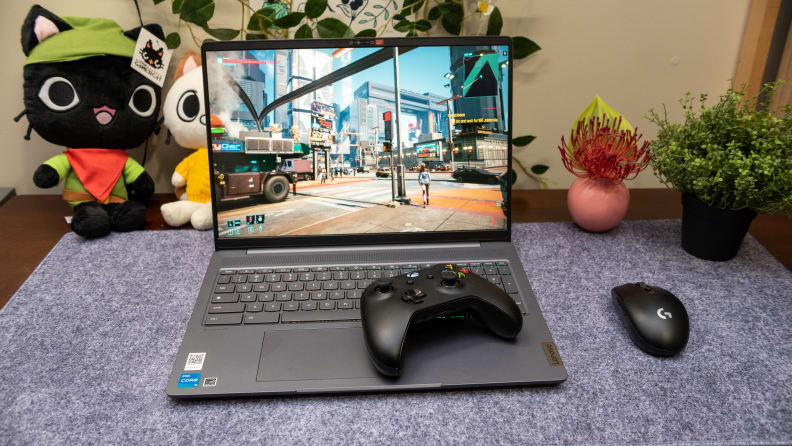
Credit:
Reviewed / Adrien Ramirez

Expect bright, clear images and stellar streaming quality.
Other Laptops We Tested
How We Tested Laptops
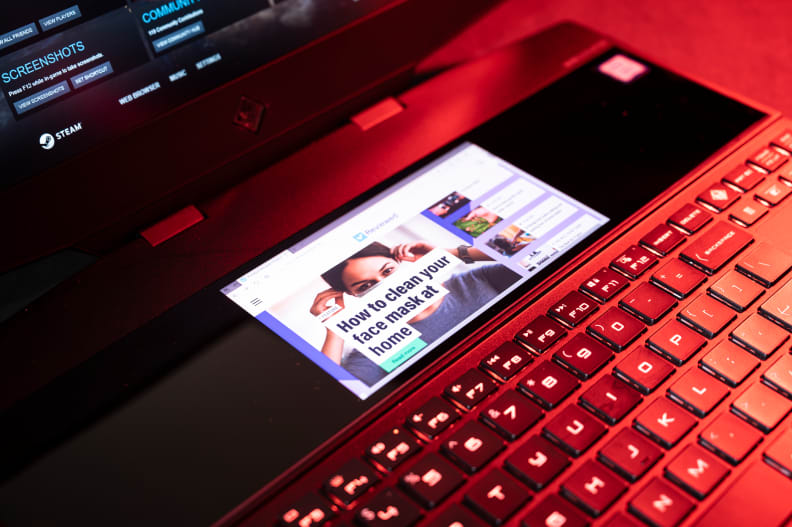
Credit:
Reviewed / Jackson Ruckar
We test everything from processing capability to screen brightness.
The Testers
Joanna Nelius is one of Reviewed’s tech team senior editors. She’s been reviewing gaming products and laptops for the last several years, having written for PC Gamer, Maximum PC, and Gizmodo in the past. In addition to gaming desktops and laptops, she also specializes in CPU and GPU reviews.
Adrien Ramirez is a tech staff writer and laptop reviewer at Reviewed. He’s been working professionally with tech and PCs for six years, from game development to reviewing and everything in between. Previously he worked with Lifewire and the MIT Game Lab. He’s passionate about all things tech, especially PCs.
Matthew S. Smith is a veteran tech journalist and general-purpose PC hardware nerd. Formerly the Lead Editor of Reviews at Digital Trends, he has over a decade of experience covering PC hardware. Matt often flies the virtual skies in Microsoft Flight Simulator and is on a quest to grow the perfect heirloom tomato.
The Tests
Here at Reviewed, we test laptops for their processing capability, graphics, battery life, and screen brightness. We use popular benchmarks like Geekbench and 3DMark to gauge how well the laptop multitasks, runs games, and more. We also test multiple platforms, from Windows laptops to Macs and Chromebooks alike.
To test battery life, we set up our laptops to continuously cycle through various websites at a brightness of 200 nits—which is around 60% for many of the mid-range models—until they run out of power, estimating how much work you can get done on a single charge. We also use each laptop for an extended period of time, rating each on factors like build quality, price, portability, and design.
What You Should Know About Laptops
When it comes to laptops, there’s a lot to consider. From display size to build quality, you definitely want a laptop that’ll last a couple of years. Here’s what you need to keep in mind:
Performance
The CPU, graphics chip, RAM, and storage inside your PC determine how well your computer can multitask, handle intensive tasks like gaming, and store all your files. The better the specs, the snappier the laptop will feel as you work.
Most people will be more than happy with a current-generation Intel Core i5, Apple M2, or AMD Ryzen 5, which are mid-range processors. 8GB of RAM will give you enough room to lightly multitask, but we recommend 16GB or more of RAM for future-proofing.
Graphics chip and storage size needs will vary the most depending on what you plan to run on the laptop. While Chromebooks can get away with 64GB of storage with additional cloud storage, Windows laptops need 256GB or more of storage to run optimally. 512GB hits the sweet spot for many users.
For most people, there is no need for a dedicated graphics card. Modern integrated graphics are more than capable of running things like esports games or small 3D modeling files. However, if you plan to play the latest AAA games or need to run a lot of vector calculations, you should consider a discrete graphics card.
Build Quality
Not only do you want a laptop that can take a beating (since you’ll probably be lugging it around with you), but you want one with a well-built keyboard and trackpad since they’re your primary form of interaction with the machine. A poor trackpad or finicky keyboard can really kill the experience.
Generally, durable laptops are stiff and hard to deform, so metal is usually more rugged than plastic. A good keyboard should be quick to type on, and your fingers should easily reach all the keys without any missed hits. Check that the Shift, Control, and Fn keys aren’t awkward to reach with your thumb and pinky fingers.
Whether you prefer stiff or soft keys is up to you: stiff keys are harder to accidentally press but will tire you out faster, while soft keys are easier to type on for long periods of time but can be prone to poor feedback and typos. See what’s most comfortable for you.
Trackpads are a little easier to judge. A good trackpad reads all your finger movements accurately, so the mouse won’t feel jumpy or unresponsive. A larger trackpad gives you better control of your cursor, and the trackpad should have little friction so you don’t “skip” with your cursor.
Touch Screens, Portability, and Features
2-in-1s have gained in popularity, but touch screens and pens cost money to include. Similarly, cramming all those powerful components into a small, easy-to-carry package can often cost more than a larger laptop with fewer design constraints. They’re not as comfortable to use as dedicated tablets like iPads, but 2-in-1s can provide extra options for those who need something versatile. Display pens are great for those who take a lot of notes or draw, such as students or artists.
Operating Systems
Consider which operating system you need. Windows is still the dominant OS these days, and if you’re going to play games, edit photos and videos, or need certain software for work, you’ll probably stick with Microsoft’s offering in a business laptop. MacOS has its own exclusive software and great integration with the Apple ecosystem, so it’s the preferred option for those with iPhones, iPads, or other Apple products.
If you spend all your time on the web and want to save some money, though, a Chromebook may serve you well. Between Netflix, Gmail, and Google Docs, you can do almost anything in a browser. Many of those web apps even work offline for those rare occasions you don’t have Wi-Fi. Chromebooks have the advantage of being cheaper (since they don’t need as much processing power) and virtually bloatware-free (since they run Linux under the hood).
Display Size
You’ll usually find laptops in one of three main sizes, measured by the diagonal length of the display:
- 14 inches and under: These smaller laptops are great for carrying around, and more than suitable for light work like writing papers and browsing the web.
- 15.6 inches: Mid-sized laptops are a bit less portable, and won’t necessarily work in space-constrained spaces like airplane seats. But the larger display is useful for photo editing and watching videos, and their larger chassis can house more powerful hardware.
- 17 inches: This is very large, and only recommended if you are doing video editing or other intensive work that requires a lot of laptop screen real estate—and you don’t mind lugging it around. However, there are many small form factor desktops (like the Mac Mini) that can be much simpler to transport if you’re headed somewhere with extra keyboards, mice, and monitors—or you can bring your favorite wireless keyboard and mouse for a cable-free adventure.
There can still be varying sizes within those categories—for example, the XPS 13’s smaller bezels make it much smaller than most 13-inch laptops—and sizes in between, like the 16-inch MSI Summit E16 Flip. But in general, picking a size range you’re comfortable with can help narrow down the field.
You’ll also want to consider the number of USB ports, whether you need HDMI and Ethernet, and how comfortable the keyboard and trackpad are to use—this can vary quite a bit from model to model, and it’s important to get something responsive and durable.










